Rep. Val Demings: How Black women excluded from suffrage movement kept fighting for freedom
Black women must have a seat at the table for equal voting rights.
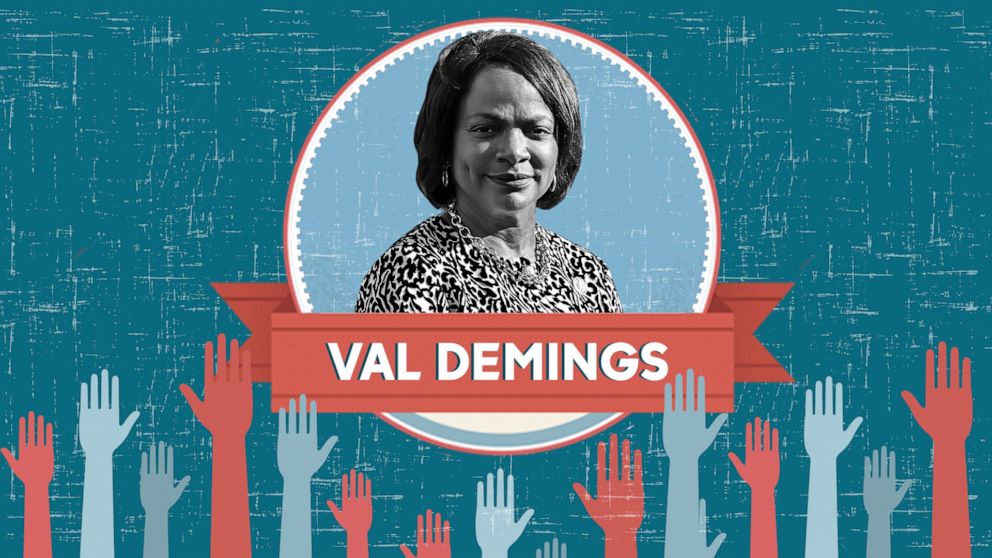
August 2020 marks the centennial of women's suffrage, though the passage of the 19th Amendment in 1920 only included white women, leaving out women of color. Nearly 50 years later, Black women were finally protected under the Voting Rights Act of 1965, which outlawed literacy tests and other discriminatory policies that denied people of color the right to vote.
Now, amid a moment of racial reckoning in America, Rep. Val Demings, D-Fla., looks back at how the lived experiences of Black women to get the right to vote was a more complex reality than history books have often depicted. Demings writes that Black women must have a seat at the table for equal voting rights.
"In suffrage movements, Black women often found themselves advocating solely for the rights of white women. In racial justice organizations, they found themselves advocating solely for Black men. In neither were they the priority, and in both they were the first to be dropped or ignored in the face of headwinds," she writes. "Black women learned early on, from lived experience, that a true fight for freedom had to mean freedom for everyone."
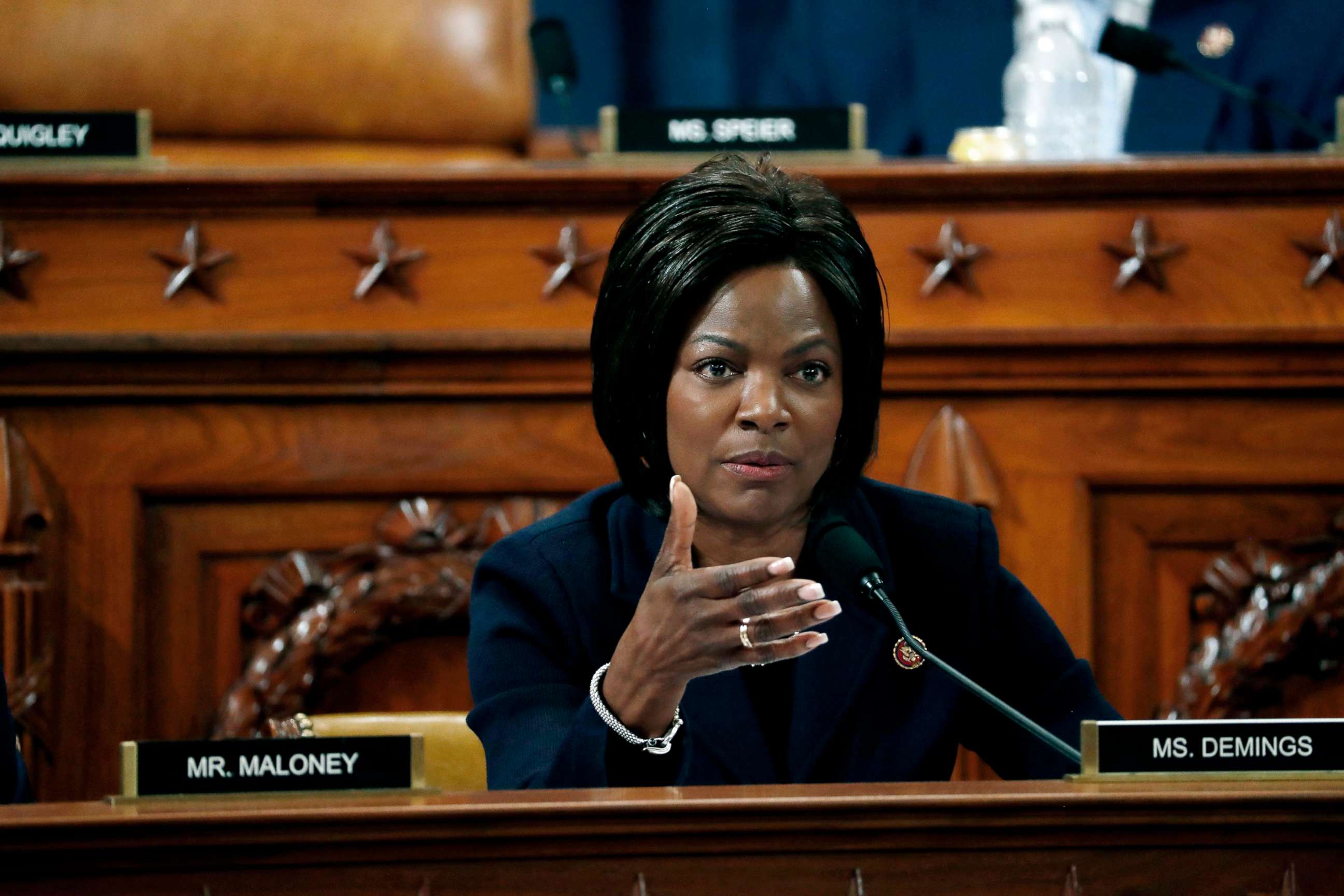
Read on for her essay in her own words. The views and opinions expressed in this column do not necessarily reflect the views of ABC News.
***
One hundred years ago today, women gained the right to vote in America. Do something for me: close your eyes and picture a suffragette: the white outfit, the hat, the sash, the sign.
Now tell me: Did you picture a Black woman?
The white suffragette is the classic image, taught to many Americans in school and popular culture, but 100 years later it's important to understand the full history. We have a chance to look at the incredible accomplishments of Black women in America who carved joys and pains out of the walls built to keep them from their full freedom and potential.
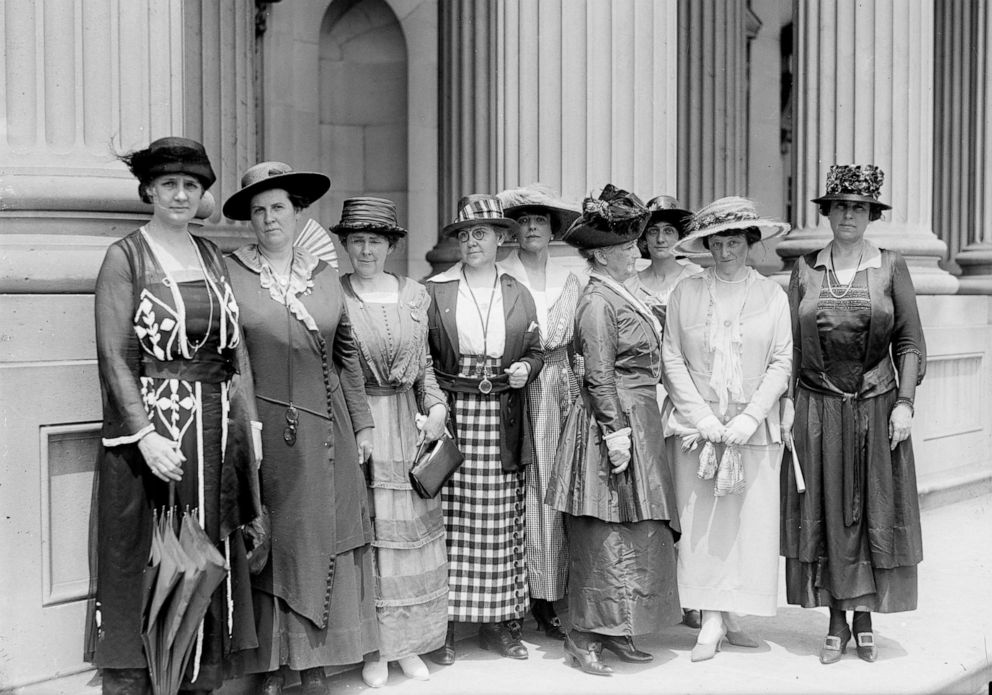
In suffrage movements, Black women often found themselves advocating solely for the rights of white women. In racial justice organizations, they found themselves advocating solely for Black men. In neither were they the priority and in both they were the first to be dropped or ignored in the face of headwinds. Black women learned early on, from lived experience, that a true fight for freedom had to mean freedom for everyone.
One hundred years later, we can easily see that the suffragette movement was strengthened enormously in the moments in which it became intersectional and weakened deeply when it did not.
The voices of Black women, and all others, must be at the table, even if that means building a new table.
Take the famous Seneca Falls Convention in 1848. No Black women were invited to participate -- yet as former enslaved American and civil rights pioneer Sojourner Truth would later say at the Women's Rights Convention in Akron, Ohio, "Ain't I a woman?"

And as civil rights leader Mary Church Terrell later pointed out, the only person initially willing to "second" a resolution at Seneca Falls demanding votes for women was the anti-slavery activist Frederick Douglass, who was the only Black person in attendance. Douglass argued that the principles behind women's empowerment and anti-slavery supported one another, saying "all good causes are mutually helpful."
Just a few months before, Douglass had received a letter from a young woman named Mary Ann Shadd Cary, urging activists to "do more and talk less." Clearly, Douglass took her advice. Cary would go on to become the first Black woman in North America to edit and publish a newspaper, and would file and win a discrimination lawsuit in order to become one of the first Black female lawyers in America. She argued for universal suffrage before Congress in 1874.
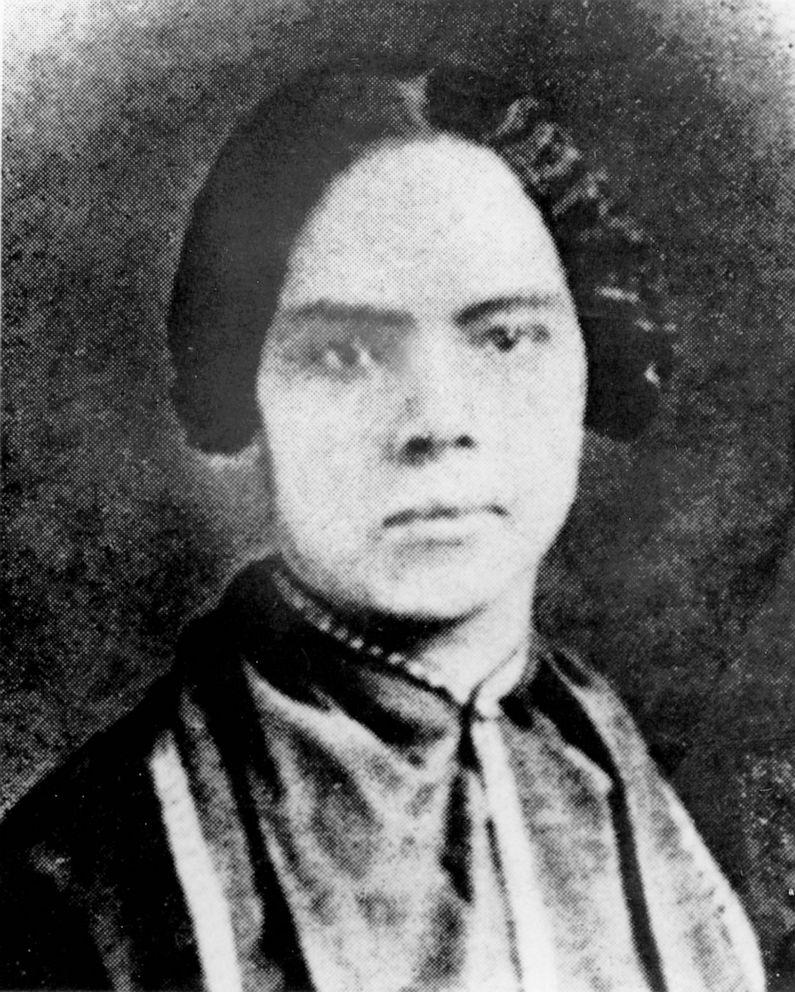
Black suffragette Mary Burnett Talbert addressed the Fifth Congress of the International Council of Women, saying "the greatness of nations is shown by their strict regard for human rights, rigid enforcement of the law without bias and just administration of the affairs of life."
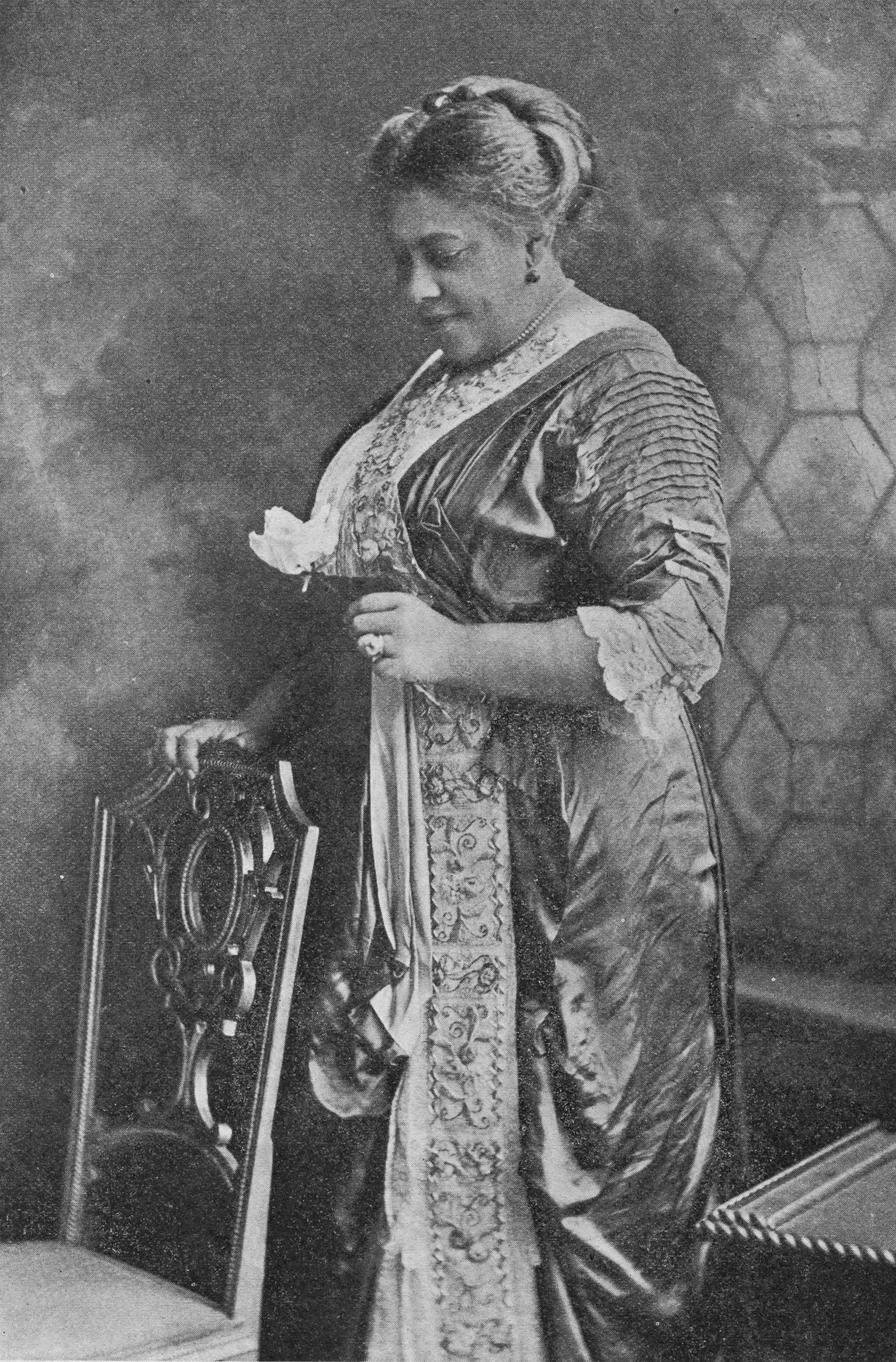
Educator and feminist leader Nannie Helen Burroughs, in a response to a white woman asking, "What would Black women do with the ballot?" replied "What can she do without it?"
Sixty-five years after the Seneca Falls, women took to the streets of Washington, D.C., to march for the vote. As the NAACP described at the time, the organizing body again tried to segregate the marchers, only to be faced with stiff resistance.
Ida B. Wells, the trailblazing journalist who pioneered many of the nonviolent resistance tactics used by the civil rights movement decades later, had her own strategy when her state's group tried to exclude her: "She waited along the side of Pennsylvania Avenue until the Illinois group marched by. Then she and two white allies stepped in front."
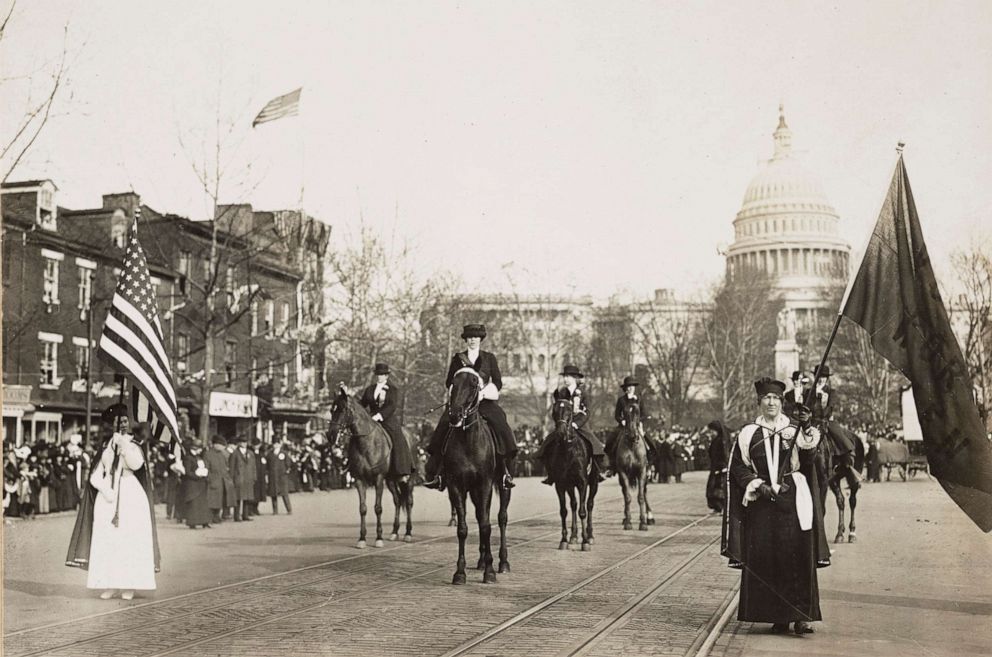
Dozens of Black women ended up marching, including 22 members of Delta Sigma Theta Sorority, Inc. The Deltas had organized at Howard University around the cause of suffrage and civil rights, and the 1913 march was their first public act, beginning a tradition of public service that has continued for a century. I have been proud to continue that tradition.
These women, and so many others, exemplified the greatest strength of America: our vision to look beyond the present and toward a better future. The day before Dr. Martin Luther King Jr. was shot and killed, he said, "I've seen the promised land." He was speaking metaphorically and theologically, but he was also speaking from a long tradition of American optimism, with faith that a better nation and a better world are possible.
My parents always voted. After a long, hard day's work, they made it their business to press their way to the polls. They taught me that it was the great equalizer, that my vote counted the same as any senator or CEO. But when my mother Elouise was born, she didn't have that right. And for decades after the 19th Amendment -- nearly half her life -- there were no federal assurances to guarantee access to the ballot box for Black Americans. Today, with the gutting of the Voting Rights Act, we face that same injustice.
Today's civil rights struggles -- equal treatment and equal pay, the rights of LGBTQ Americans, the ongoing struggle of the right to vote -- are direct descendants of those that came before.
So are the lessons.
My rights and your rights are intertwined. Freedom for one requires freedom for all.
And the voices of Black women, and all others, must be at the table, even if that means building a new table.
"And so, lifting as we climb, onward and upward we go, struggling and striving, and hoping that the buds and blossoms of our desires will burst into glorious fruition ere long." –Mary Church Terrell, 1898




